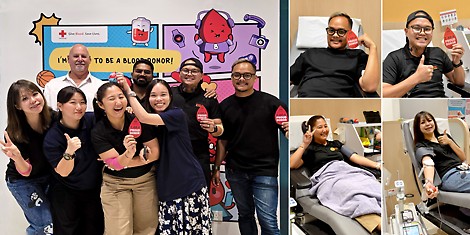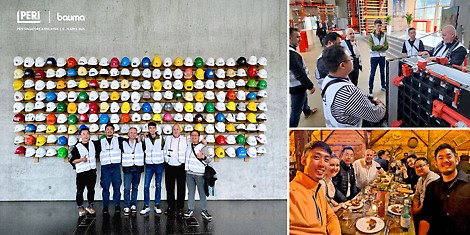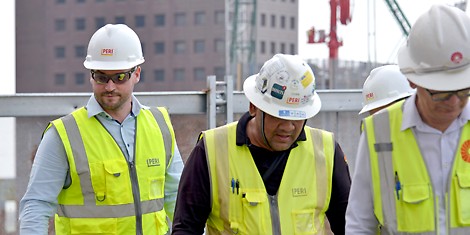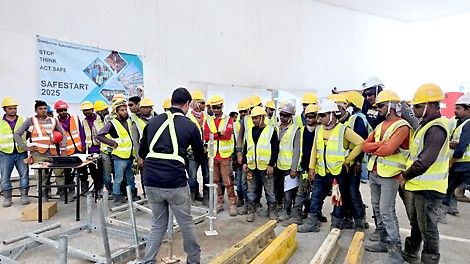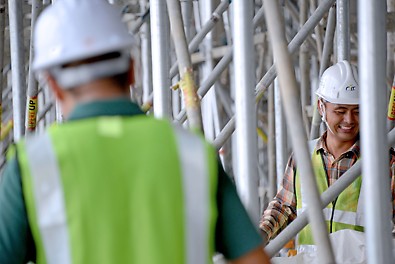
A selection of our latest stories and releases
Learn more about PERI worldwide projects and news, local events and happenings.
Year
2025
Select category
Topics
Clear filter
5 results found
- 25Apr
![2025 PERI SG CSR Blood Donation Drive PERI Singapore recently hosted a successful Blood Donation Drive as part of our ongoing CSR initiatives.]()
PERI Singapore CSR Blood Donation Drive 2025
PERI Singapore recently hosted a successful Blood Donation Drive as part of our ongoing CSR initiatives. Donating blood is one of the simplest ways to save lives, and we are proud of our employees who stepped up to contribute. Their willingness to give reflects the values we stand for at PERI Singapore. - 06Apr
![2025 PERI SG & MY Bauma Trip PERI Singapore and Malaysia recently had the pleasure of hosting our esteemed partners on an exclusive trip to Germany, offering them a closer look at the advanced technologies and solutions we provide.]()
PERI Singapore & Malaysia hosts our partners for Bauma 2025
PERI Singapore recently had the pleasure of hosting our esteemed partners on an exclusive trip to Germany, for Bauma 2025 and a HQ factory visit. - 24Mar
![2025 PERI HQ Climbing Task Force Head of PERI HQ Climbing Task Force, Andreas Hauber, visited PERI Singapore to conduct an in-house training on climbing and self-climbing systems. We also visited the 15 Hoe Chiang site (GA Construction), which uses our ACS-P Self-climbing System.]()
PERI HQ Climbing Task Force visits PERI Singapore
PERI HQ Climbing Task Force visited PERI Singapore to conduct a in-house training on climbing and self-climbing systems. - 17Jan
![2025 PERI Singapore Lunar New Year PERI Singapore ushers in the Year of the Snake]()
PERI Singapore welcomes the Year of the Snake
All decked in auspicious red, we celebrated the Lunar New Year with great food, amazing singing, and even better vibes! Taking opportunity in this joyous occasion, 5, 10 and 25-year long service awards were also presented to our colleagues. - 07Jan
![2025 PERI Singapore Sembcorp SAFEStart Campaign 2025 PERI Singapore was invited to take part in Sembcorp Specialised Construction's SAFEStart initiative in January 2025. The event aims to elevate safety knowledge for the site crew, specifically regarding the systems and materials they work with daily.]()
PERI Singapore takes part in Sembcorp's SAFEStart Campaign
PERI Singapore was invited to take part in Sembcorp Specialised Construction's SAFEStart initiative in January 2025. The event aims to elevate safety knowledge for the site crew, specifically regarding the systems and materials they work with daily.
